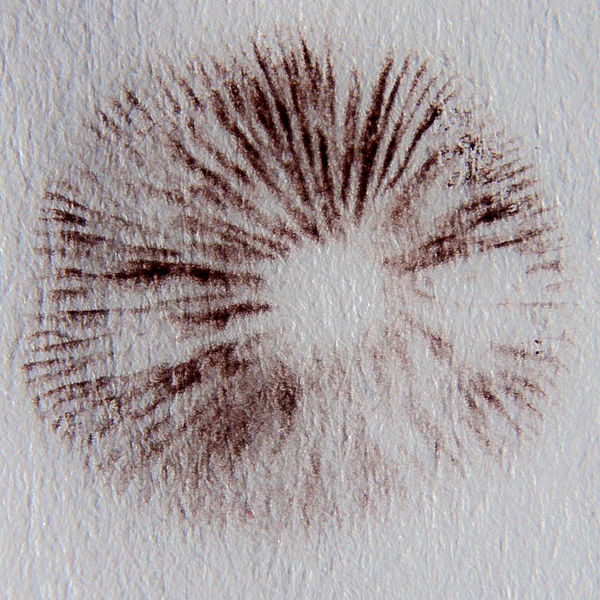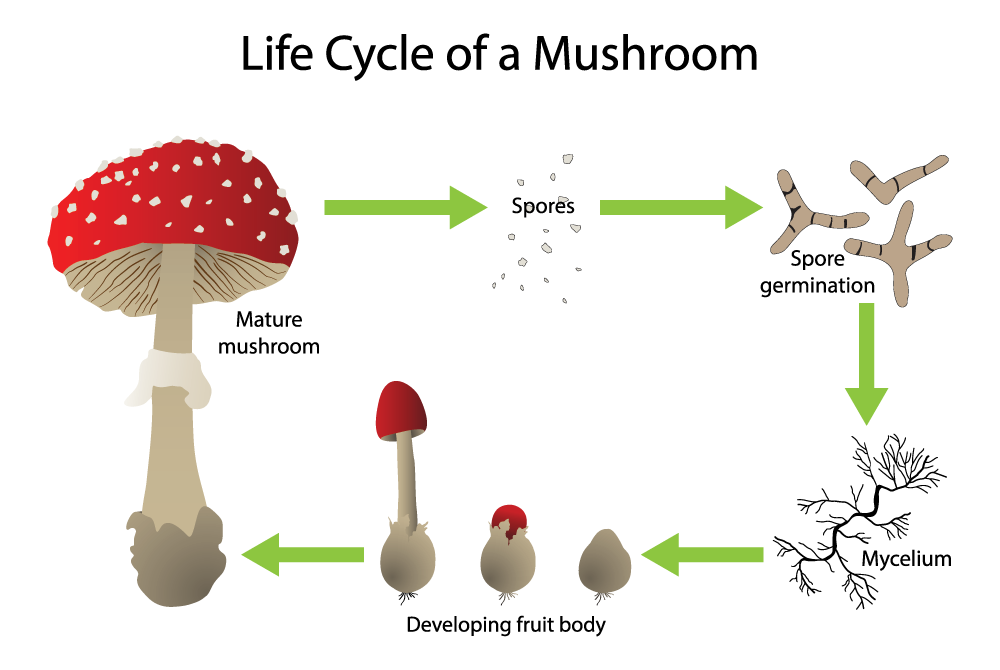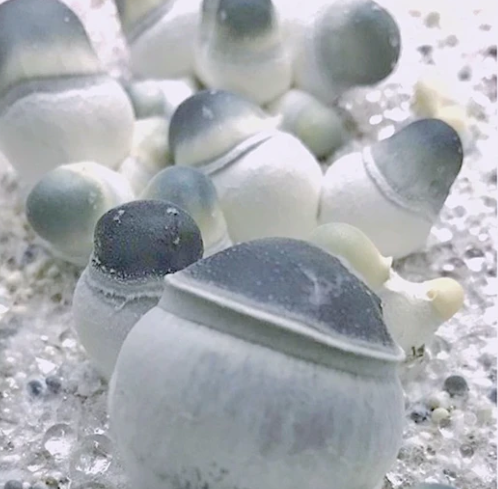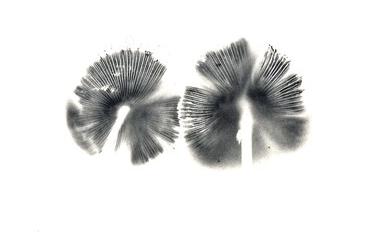What is a Mushroom Spore Print & Why Do Microscopists Make Spore Prints
What is a spore print? We’ll help you with useful information on how to use a spore print. Amateur microscopists who work with mushroom spores and examine strains of mushrooms under the microscope always seem to end up getting interested in the taxonomy of mushrooms.
Mushroom Laws by State in 2022 & Mushroom Spore Identification
Most of our readers also want to know about mushroom laws by state in 2022 regulations and laws and also about mushroom spores print information, about how to identify mushrooms, about different print patterns, and spores legal aspects.
Mushroom Spore Kits for Microscopy
Qualityspores.store offers quality mushroom spore prints for sale if you’ll simply examine our quality whole spore syringes and kits that include spore syringes full of viable spores for your microscopy research project. In addition to spore prints you can learn about spore kits for al necessary components for researching mushroom spores for microscopy.
Plus, beyond studying the topic of mushroom spores for microscopy this hobby has several material benefits as well. Getting “good” at taxonomy means that you can identify mushrooms, sometimes at a glance. You might even be able to identify fungi at its various stages of development, from the mature fruiting body to the mycelium, all the way down to the microscopic but no less beautiful spore stage.

One of the most popular and easy ways to assist in the identification of a fungi is with what’s called a spore print. In today’s post, we’ll be exploring why microscopists, taxonomists, and mycologists find these prints so useful, and we’ll even go through the steps of creating a spore print of your very own as a fun and easy afternoon project.

What is a Spore Print?
Cubensis Spore Print
In our article How to Identify Mushrooms we go into fairly lengthy detail about identifying mushrooms in the wilderness, ranging from cubensis to mexicana and semilanceata and others. But that article is about how to identify mature fungi, somewhere growing out in nature (and presumably a finding that you wish to leave undisturbed).
➢ A spore print is essentially the unique “stamp” of the mushroom.
Life Cycle of a Mushroom: Spores, Germination, Mycelium, Fruiting Body, Mature Mushroom
This article on mycelium spores describes the Life Cycle of a Mushroom image or print (and specifically the section “What Exactly IS a Mushroom Spore?”). Mushrooms is known as Basidiomycetes release spores from their gills, the little ridges underneath the cap of the fruiting body.

Spore Print
A spore print for special mushrooms is the result of capturing those spores in a very uniform way onto a piece of paper or other material. After doing so, one is left with a remarkably consistent pattern of spore prints which is often unique enough to facilitate the identification of the fungi.
Spore prints can also be a method of storing spores for later use and study, but we believe the liquid spore syringe containers are the superior storage method for microscopy.
How Do I Make a Mushroom Spore Print?
Making a mushroom spore print is actually not a terribly complicated process, nor does it require any specialized equipment. Gather the following materials:
- Gloves
- A craft knife, scalpel, or similarly fine cutting tool
- A piece of paper or other material to capture it
- A glass jar, cup, or tumbler
- Tissue paper and water (occasionally/optionally, see below)
- Clear varnish for preservation
The microscopist begins with the mature fruiting body of a fungi in-hand (the mushroom). First, remove the stem as close to the cap as possible. The goal is to allow the cap, when turned over, to be as flush with the paper you want to place it on – this is where that craft knife can come in handy, to make a clean cut.
Next, place the cap onto the paper, ensuring that the gills are facing downward. Hint: if you’re working with a mushroom that produces white spores like Albino Penis Envy Spores or for Penis Envy Spores you’ll want to use a darkly colored piece of paper, otherwise you aren’t likely to see much of anything after the print is captured!

Finally, cover the cap with the glass jar or cup. Make sure to set everything up in a location where the glass isn’t likely to be accidentally knocked over and the paper won’t be moved or otherwise jostled around. The purpose of the glass is to prevent any spores from blowing away and to prevent the cap from getting too dry while it sits.
Speaking of dryness, some mushroom caps will dry out too quickly before they can make an effective spore print. If this is the case with your specimen, you can take a damp piece of tissue paper—damp, not dripping—and gently place it over the top of the cap to provide it with a little moisture.
Now your job is simply to wait for three to five hours!

After that duration of time, put the jar away and carefully remove the cap, minding not to smudge the spores underneath. Lift it in as horizontal a manner as possible. Once removed, you’ll reveal a beautiful spore print on the paper or other material used.
If you want to preserve the spore print as opposed to growing mushrooms from spore prints, you can use a little spray-on painter’s varnish, available at most craft stores. This will stick the spores to the paper and protect them. Spore print “art” like this can be a lovely display piece for your microscopy lab!
Spore Prints vs. Spore Syringes
As mentioned, we believe that for the purposes of microscopy, a spore syringe is the superior method of storing mushroom spores. This is because a spore syringe is just so much easier to handle in the lab. Not only does a syringe allow you to place a more accurate amount of spores directly onto your slides, those spores are much less likely to become contaminated versus a spore print.
